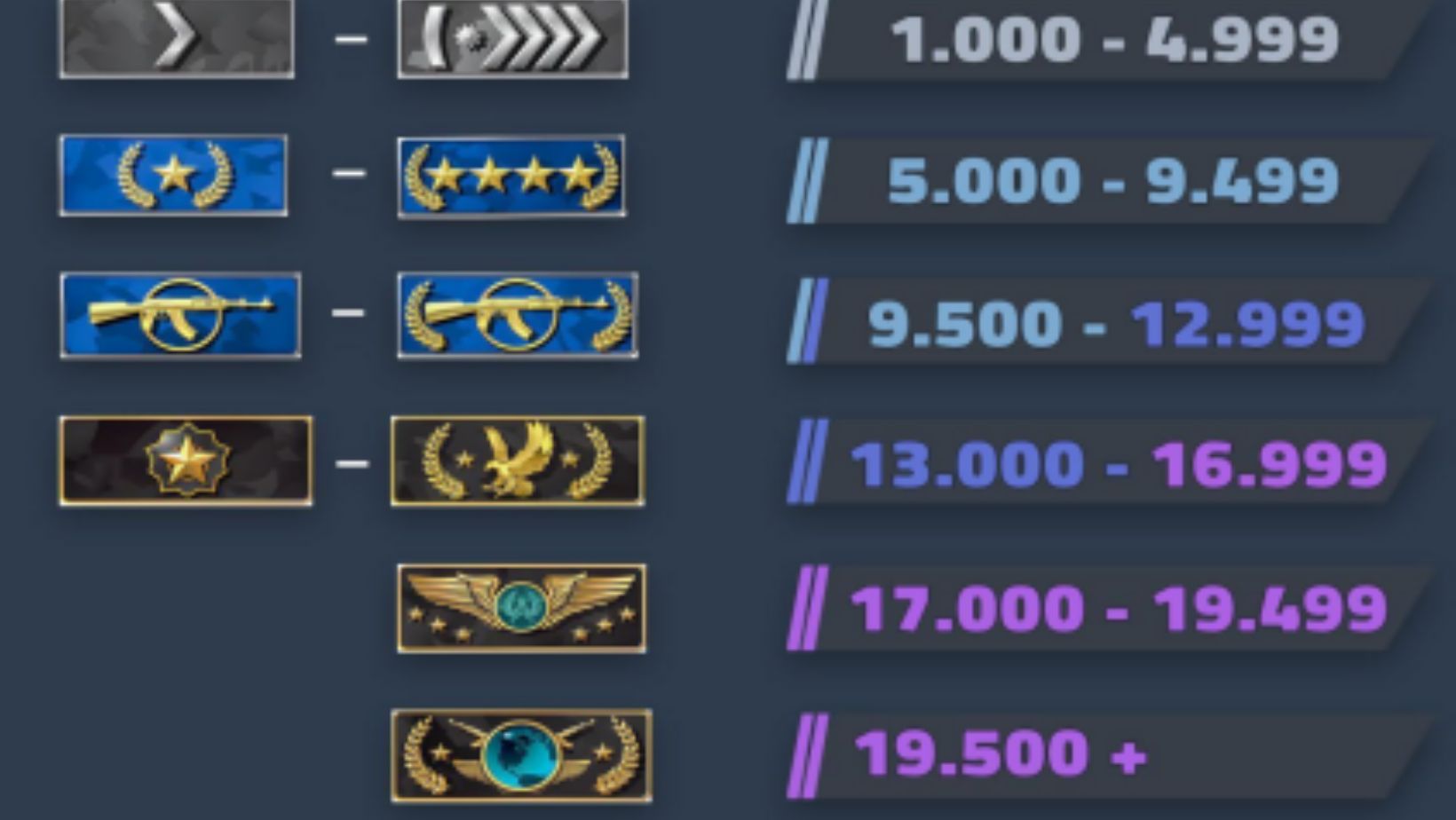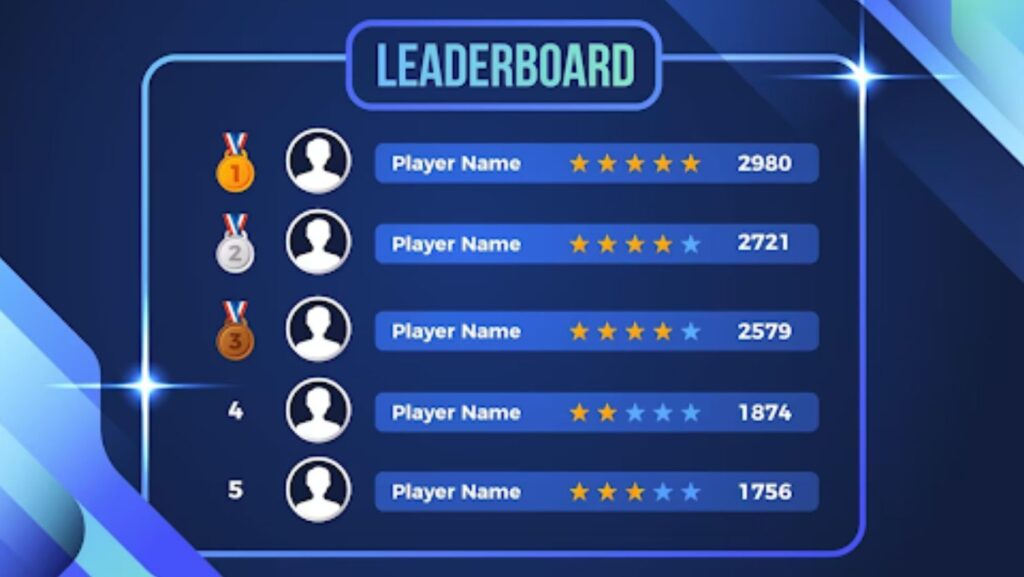In the modern landscape of competitive gaming, retaining player attention has become a critical challenge for developers and esports organizations alike. Players today have unprecedented access to a wide variety of games, ranging from first-person shooters to real-time strategy and multiplayer online battle arenas, which makes competition fierce not only within a game but across the entire gaming ecosystem. Ranking systems serve as one of the most effective tools to address this challenge, providing players with measurable goals, tangible milestones, and a clear sense of progression that encourages long-term engagement. Unlike casual play, where the primary reward is entertainment, ranked competitive modes introduce a layered system of rewards that blend psychological satisfaction, social recognition, and skill improvement. For example, a well-designed ranking ladder allows players to track their growth over time, experience a sense of achievement when moving up divisions, and experience healthy rivalry with peers. Moreover, these systems act as social frameworks, creating communities of players striving for similar goals, which further deepens emotional investment in the game.
The Psychology Behind Competitive Ranking
Ranking systems tap into fundamental human psychological drives that motivate players far beyond mere enjoyment. At the core, they exploit the principles of achievement, recognition, and competition. When players see themselves climb a leaderboard or gain a higher tier rank, they experience the neurological rewards associated with accomplishment, such as dopamine release, which fosters a sense of satisfaction and encourages continued play. Beyond neurological rewards, rankings foster social identity, as players often associate their rank with skill, reputation, and status within the community. For instance, being recognized as a top-tier player in a game like Counter-Strike or Valorant not only validates one’s skill but also opens opportunities for social interaction, mentorship, and even esports career prospects. Competitive pressure, when balanced correctly, enhances focus and strategy development, pushing players to analyze opponents, experiment with tactics, and refine their gameplay mechanics. By engaging these psychological motivators, ranking systems effectively transform ordinary gaming sessions into compelling, goal-oriented experiences that captivate players for months or even years.
Ranking Systems as a Tool for Skill Development

One of the most powerful aspects of ranking systems is their ability to guide players toward consistent skill improvement. By placing gamers in divisions or brackets with opponents of similar skill levels, ranked play ensures that matches are challenging but not insurmountably difficult. This balance is crucial for maintaining engagement; if a game feels too easy, players become bored, but if it feels unfairly difficult, frustration and burnout may occur. As players progress through tiers, they encounter increasingly complex scenarios that require faster reaction times, more precise aiming, and strategic coordination, thereby naturally promoting skill development. Additionally, modern competitive gamers increasingly rely on optimization tools to gain marginal improvements in performance. For example, using a cs2 sens converter allows players to fine-tune their mouse sensitivity to match their comfort level and playstyle, which can significantly enhance accuracy and response time in fast-paced environments. Integrating technical tools like this with ranked play creates a feedback loop in which players can measure performance gains, adjust strategies, and climb ranks more efficiently. Over time, these improvements contribute not only to in-game success but also to a deeper understanding of game mechanics, tactics, and meta-game strategies.
Social Dynamics and Community Engagement
Beyond personal achievement, ranking systems leverage social dynamics to increase engagement through collaboration, competition, and community recognition. Players are naturally inclined to compare themselves with peers, share accomplishments on social media, and seek validation from gaming communities. In team-based games, ranks encourage collaboration, requiring players to communicate effectively, coordinate strategies, and adapt dynamically to their teammates’ strengths and weaknesses. Leaderboards, seasonal events, and competitive ladders introduce recurring incentives for players to return regularly, contributing to a sense of community continuity. Social interactions created around ranking systems also cultivate mentorship opportunities; experienced players often guide newer or lower-ranked teammates, reinforcing community ties while simultaneously fostering the development of future competitive talent. In addition, public recognition of skill—such as highlighting top players in streaming content, esports tournaments, or in-game announcements—creates aspirational goals for others, which maintains ongoing engagement and encourages consistent participation. The combined effect of competition, social validation, and teamwork establishes a multifaceted motivational ecosystem that keeps players emotionally invested in both the game and its community.
Incentives Beyond the Game
Modern competitive games increasingly tie ranking progression to rewards that extend beyond the digital battlefield. These incentives range from cosmetic items, such as skins or unique avatars, to exclusive content, tournament invitations, or even sponsorship opportunities for professional players. Such rewards serve as tangible acknowledgments of effort and skill, bridging the gap between virtual achievement and real-world gratification. Furthermore, seasonal resets and ranked events create cyclical engagement patterns, motivating players to return and defend or improve their rank in new seasons. These mechanisms foster a persistent sense of challenge and anticipation, ensuring that competitive play remains compelling over time. Additionally, the pursuit of rankings and rewards teaches players goal-setting, perseverance, and patience, which can translate into real-life skills such as strategic planning, time management, and stress resilience. By providing layered incentives—both intrinsic, like skill mastery, and extrinsic, like cosmetic or social recognition—ranking systems cultivate sustained player engagement in a way that casual game modes rarely achieve.
Conclusion
In conclusion, ranking systems are a cornerstone of competitive game design, offering players far more than simple numerical indicators of performance. They combine psychological reward, skill development, social interaction, and tangible incentives to create deeply engaging experiences that keep players invested over long periods. By providing measurable goals, encouraging strategic thinking, and facilitating community recognition, ranks transform ordinary gameplay into structured, purpose-driven experiences. Tools such as the cs2 sens converter exemplify how players can combine technical optimization with rank progression, creating a feedback loop that further enhances engagement and skill mastery. Ultimately, ranking systems do not just sustain player interest—they shape the entire competitive ecosystem, fostering long-term loyalty, promoting continuous improvement, and supporting vibrant, interconnected gaming communities that thrive well beyond the confines of any single match.
